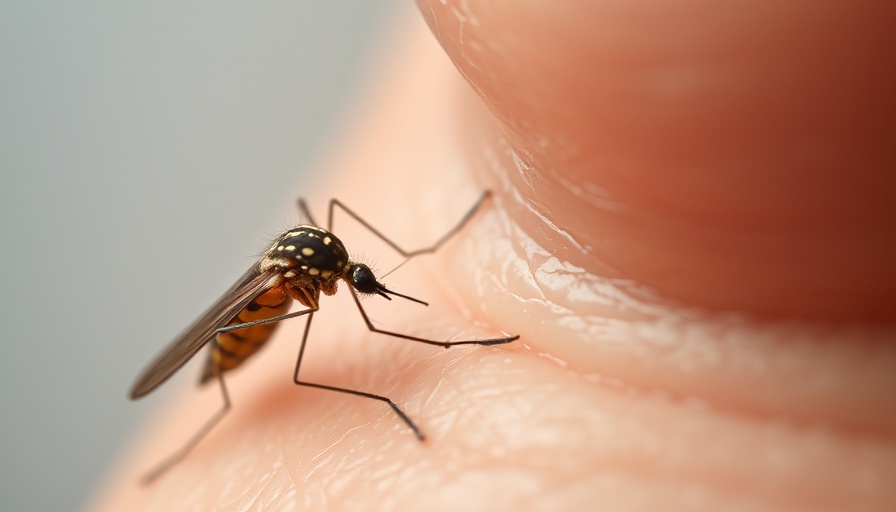
Understanding the Hidden Link Between Pets and Antibiotic Resistance
As the global issue of antibiotic resistance intensifies, a surprising culprit has emerged from our homes: pets. The health care we provide for our furry companions may be unwittingly contributing to the growing danger posed by resistant bacteria. Recent studies reveal that the antibiotics prescribed for both humans and pets are strikingly similar, amplifying concerns regarding the oversight in veterinary medicine.
The Overlap in Antibiotic Use
Dr. Claire Fellman from Tufts University highlights a troubling reality: the same antibiotics used in human medicine, such as amoxicillin, are regularly prescribed for our dogs and cats. This raises red flags about how infection management is being handled in veterinary practices compared to human hospitals. With many veterinary institutions lacking dedicated antimicrobial stewardship programs, the parallels in antibiotic use between species could be detrimental.
Why Veterinary Practices Must Change
A new survey emphasizes that while nearly all veterinary schools in the U.S. teach antimicrobial stewardship, fewer than half implement concerted efforts to manage antibiotic resistance. The absence of a structured approach is alarming, as the misuse of antibiotics in pets can mirror human trends, leading to more frequent incidences of hard-to-treat infections.
Learning from Human Veterinary Practices
Fortunately, there's an opportunity for veterinarians to adopt insights from human medicine regarding antibiotic treatment. For instance, the tendency to prescribe antibiotics preemptively during surgeries is being reevaluated. With studies suggesting that such practices might be unnecessary, it opens the door for reconsideration in veterinary care and underlines the importance of critical thinking when prescribing medications.
What Can Pet Owners Do?
As pet owners, it's our responsibility to ensure that our pets receive medicines prudently. Regular consultations with veterinarians regarding medication could help reduce unnecessary prescriptions for common ailments. Being informed about potential alternative treatments and understanding the risks of antibiotic overuse can protect both pet and owner health.
Take Action Against Antibiotic Resistance
The fight against antibiotic resistance begins at home. Maintaining open communication with veterinarians about the necessity of prescribed medications is critical in reducing unnecessary antibiotic use. By staying proactive and informed, pet owners can contribute to a healthier future for both their pets and themselves.
Contact us for more details on how you can make informed decisions about your pet's health and medications.
 Add Row
Add Row  Add
Add 




Write A Comment